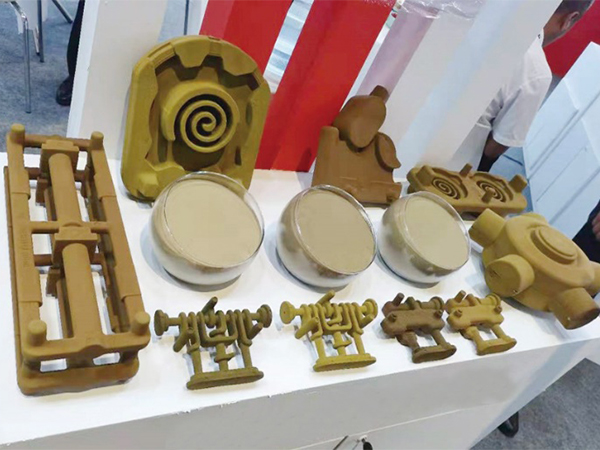3D Printing with Wet Sand Revolutionizing Construction and Design
The world of 3D printing has evolved dramatically over the past few decades, offering innovative solutions for various industries ranging from healthcare to aerospace. One of the most exciting developments in this field is the use of wet sand as a printable material. This novel approach not only presents a sustainable alternative to traditional construction materials but also opens new avenues for creativity and efficiency in design.
Wet sand 3D printing utilizes a mixture of sand and water, combined with a binder to allow for the printing of intricate structures. This method is particularly appealing due to the abundance of sand, a resource that is both inexpensive and widely available. In contrast to concrete or plastic-based printing materials, wet sand can be sourced from local environments, reducing transportation costs and carbon footprints. Moreover, it offers the potential to use waste materials or by-products from other industries, further promoting sustainability.
3D Printing with Wet Sand Revolutionizing Construction and Design
Another significant benefit of using wet sand in 3D printing is its rapid production speed. Traditional building methods often require extensive labor and long timelines, hindering project efficiency. In contrast, wet sand 3D printing can produce full-scale structures in a fraction of the time. This efficiency is particularly important in industries such as construction and infrastructure, where meeting deadlines can affect costs and project viability.
wet sand 3d print

Furthermore, wet sand 3D printing has shown promise in developing temporary structures, such as those needed for events, exhibitions, or disaster relief efforts. These structures can be quickly erected and just as effortlessly dismantled, offering flexibility in deployment and use. The ability to create customized and temporary buildings that blend seamlessly into their environments could reshape how we approach urban planning and event management.
However, the transition to wet sand 3D printing is not without its challenges. The technology is still in its infancy, and researchers are actively investigating methods to improve the binding agents and overall durability of prints. Current materials may not yet meet the longevity and strength requirements for permanent structures, which limits the scope of what can be built. Innovations in binder technology and a deeper understanding of sand behavior under various conditions will be crucial in overcoming these hurdles.
Additionally, training for construction workers and designers will be essential for this technology to reach its full potential. Familiarity with 3D modeling software and an understanding of the 3D printing process will need to be integrated into curriculums to prepare the next generation of architects and builders for the future of construction.
In conclusion, wet sand 3D printing stands at the intersection of sustainability, efficiency, and creativity. As research and technology continue to progress, its potential applications are likely to expand, impacting how we think about construction and design. By harnessing this innovative approach, we could move toward a future where buildings are not only functional but also environmentally conscious and aesthetically distinctive. The journey of wet sand in the 3D printing landscape is just beginning, and its implications for the construction industry could be profound.
Post time:loka . 15, 2024 10:58
Next:kulisty piasek
